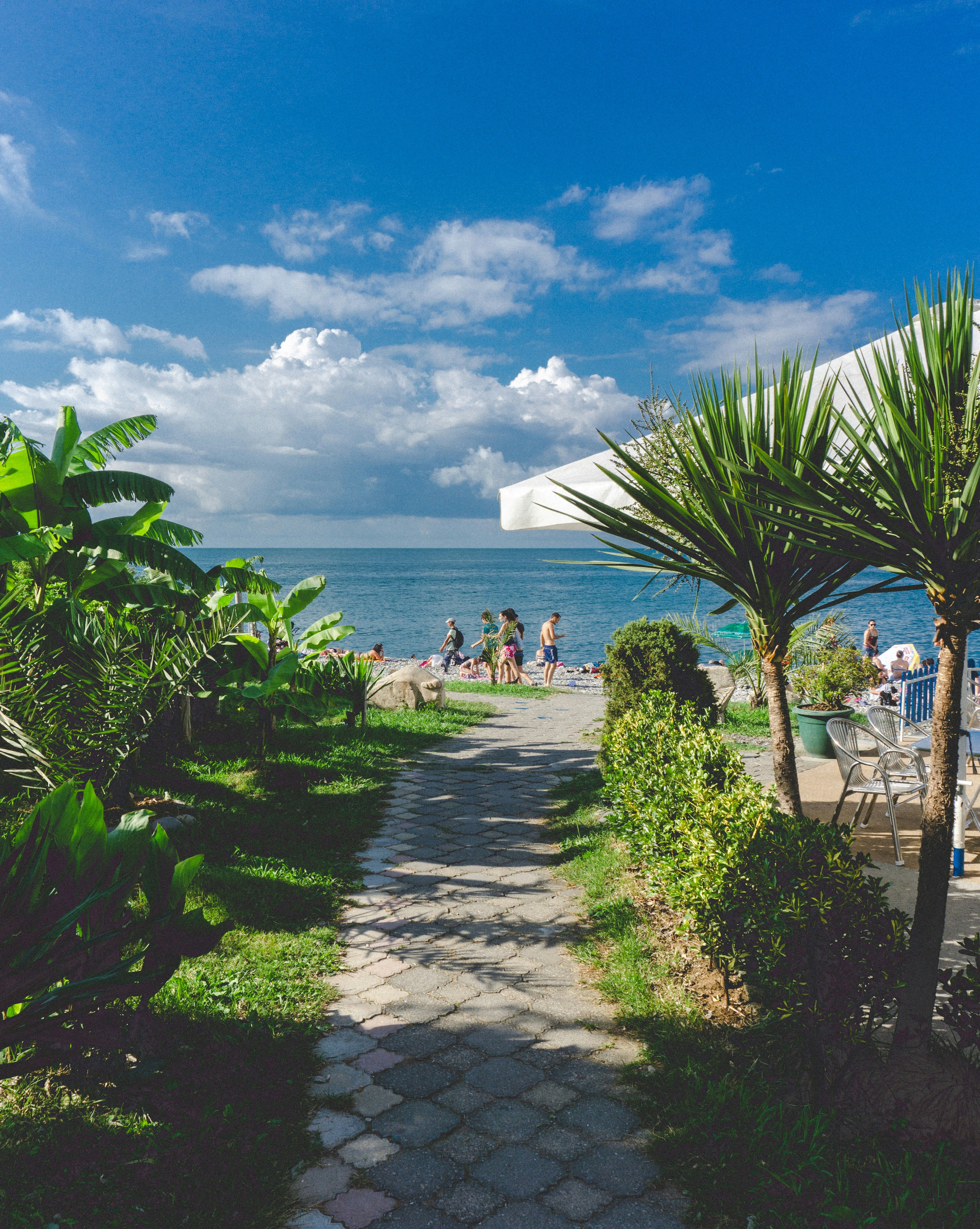The Influence of Simplistic Aesthetics
Minimalist design, rooted in the art and architectural movements of De Stijl and Bauhaus in the early 20th century, gained significant traction in the 1960s as a response to excessive ornamentation. Emphasizing simplicity and functionality, the style emphasized the use of clean lines, basic shapes, and a limited color palette.
Visual artists such as Donald Judd, Dan Flavin, and Frank Stella played a crucial role in shaping this movement by producing works characterized by geometric shapes, industrial materials, and a lack of embellishment. In the 1980s, minimalism extended beyond the art world, inspiring designers and architects like John Pawson and Tadao Ando to adopt its principles.
Minimalist design continued to grow in popularity throughout the 21st century, as companies like Apple championed the aesthetic in their product design. Today, embracing minimalism is not only a design trend but also a lifestyle choice for many individuals seeking to simplify their lives. Over years, the core principles of minimalism—simplicity, functionality, and a focus on essential components—have remained constant.
Minimalism spans various aspects of design, from fashion and interior design to graphic design, and its impact is evident in both the physical and digital world. The style offers several benefits, including psychological advantages such as promoting calmness, clarity, and mindfulness; as well as positive environmental impacts, promoting sustainability and efficiency.
One central tenet of minimalism is simplicity, which entails stripping away unnecessary elements to achieve clean lines, basic shapes, and a minimal color palette. Functionality is another essential principle, ensuring that every element in a minimalist space or object serves a purpose and avoids superfluous decoration or ornamentation. Space is vital in minimalist design, with negative space serving an equally important role as positive space. Emphasizing space creates a sense of openness, tranquillity, and harmony.
In architecture and interior design, minimalism is characterized by open spaces, natural light, and a focus on functionality rather than ornamentation. This approach creates uncluttered, serene environments that promote a sense of calm and tranquillity. In the 1980s, fashion also embraced minimalism with Calvin Klein's designs being a pivotal influence. His minimalist approach encouraged consumers to invest in quality, timeless pieces rather than trendy items.
Incorporating minimalist design in daily life involves decluttering living spaces, adopting mindful consumption habits, and simplifying digital environments. By following these principles, individuals can create more intentional and uncluttered living spaces amidst increasing complexity in today's world. The future of minimalist design looks promising, as its emphasis on environmental sustainability and mental well-being remains relevant in an increasingly chaotic world.
Minimalist design continues to influence various fields, empowering designers to produce visually striking, practical, and conducive-to-calm spaces. For those eager to learn more about minimalist design and its impact on creative projects, one may find our article on creating a colorful vision board insightful. This piece provides tips and inspiration for incorporating vibrant colors into minimalist projects to enhance aesthetic appeal without compromising simplicity.
FAQs:
Q: What is minimalist design?A: Minimalist design is a style characterized by simplicity, clean lines, and a focus on functionality achieved by using only essential components and avoiding unnecessary decoration or embellishment.
Q: What are the key principles of minimalist design?A: The key principles of minimalist design include simplicity, functionality, negative space, clean lines, basic shapes, a limited color palette, and a focus on essential components.
Q: What are the benefits of minimalist design?A: The benefits of minimalist design include fostering tranquillity and serenity, promoting mental well-being, enhancing user experience, and influencing other design trends through its emphasis on simplicity and functionality.
Q: How is minimalist design used in different industries?A: Minimalist design is used across various industries, including fashion, interior design, architecture, product design, and graphic design, to create modern, timeless designs that are both visually appealing and highly functional.
- Minimalist design, influential in the visual art world through artists like Donald Judd and Dan Flavin, has also impacted graphic design, interior-design, fashion-and-beauty, home-and-garden, and technology.
- John Pawson and Tadao Ando, architects from the 1980s, were inspired by minimalism's principles and incorporated them into their designs.
- The lifestyle movement seeks to simplify lives, drawing inspiration from the core principles of minimalism that emphasize simplicity, functionality, and a focus on essential components.
- In today's world, embracing minimalism extends beyond design trends and applies to fashion choices, home decor, digital environments, and even personal consumption habits.




